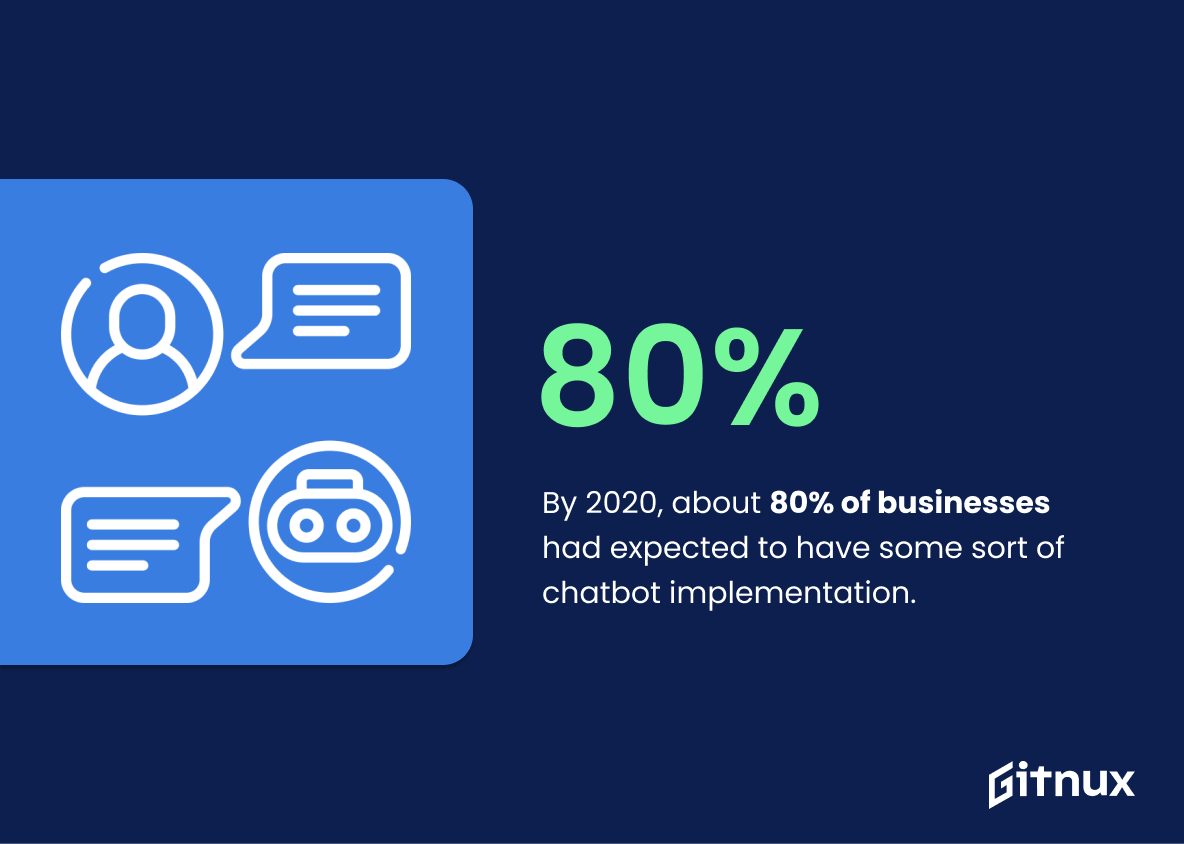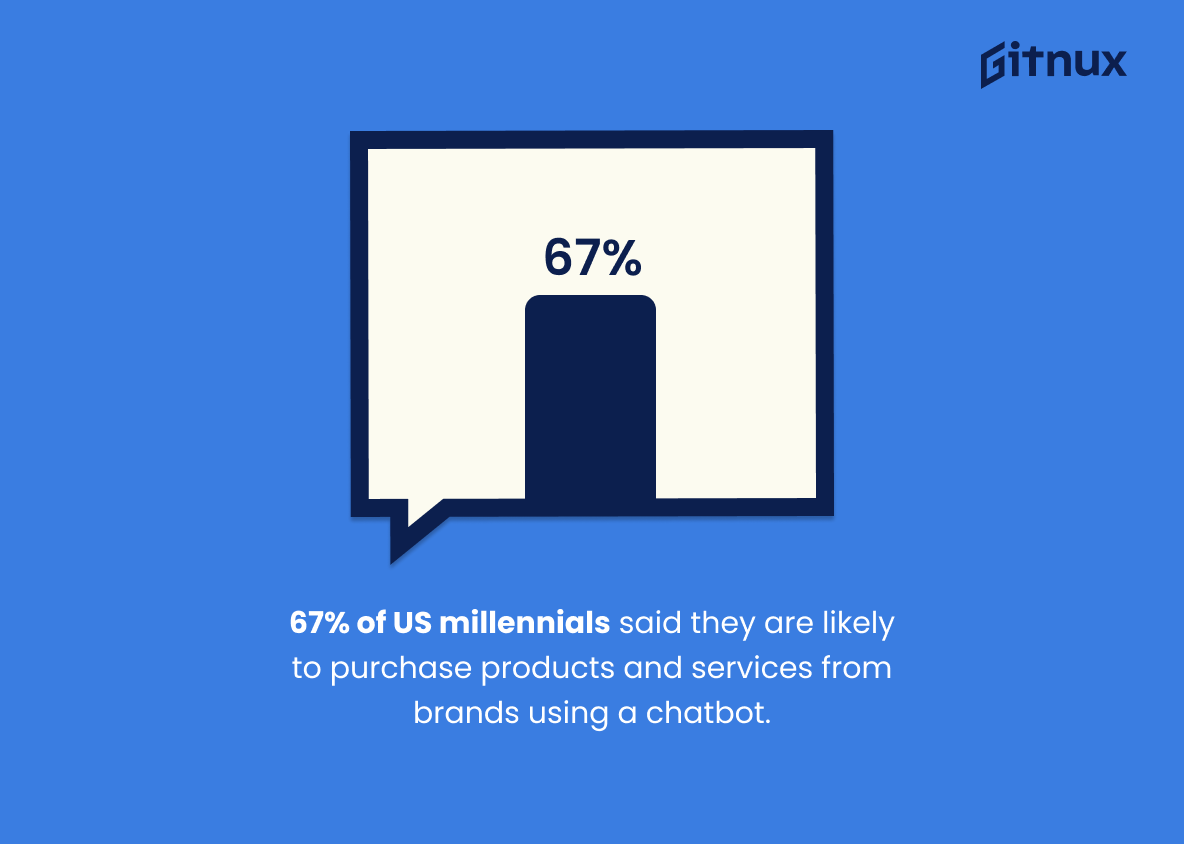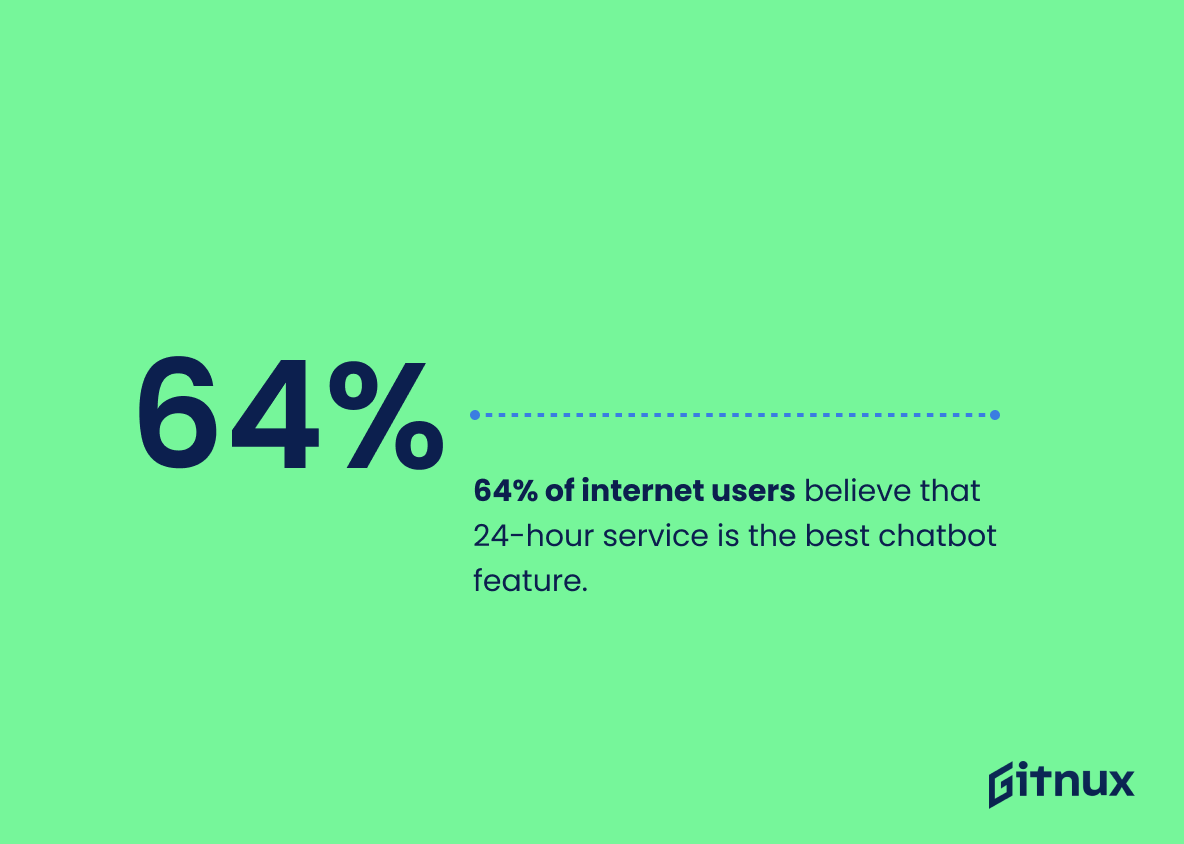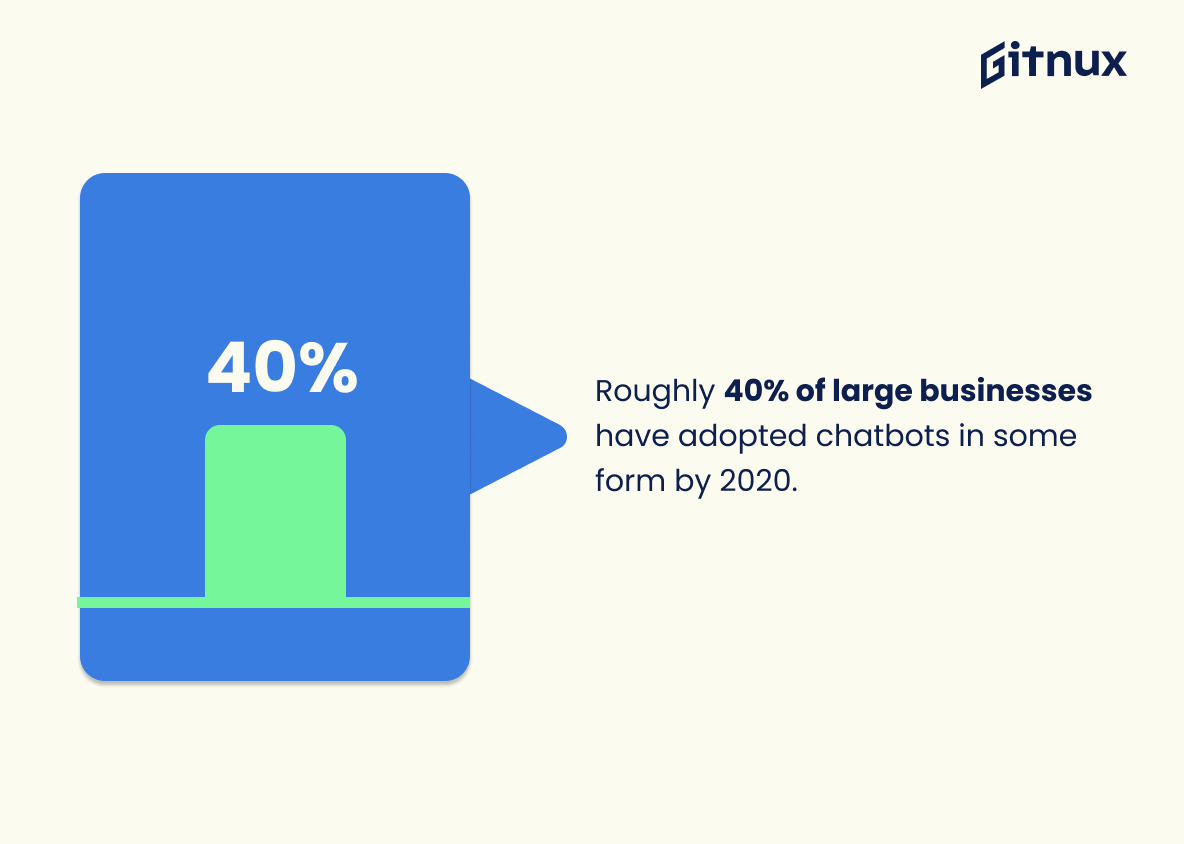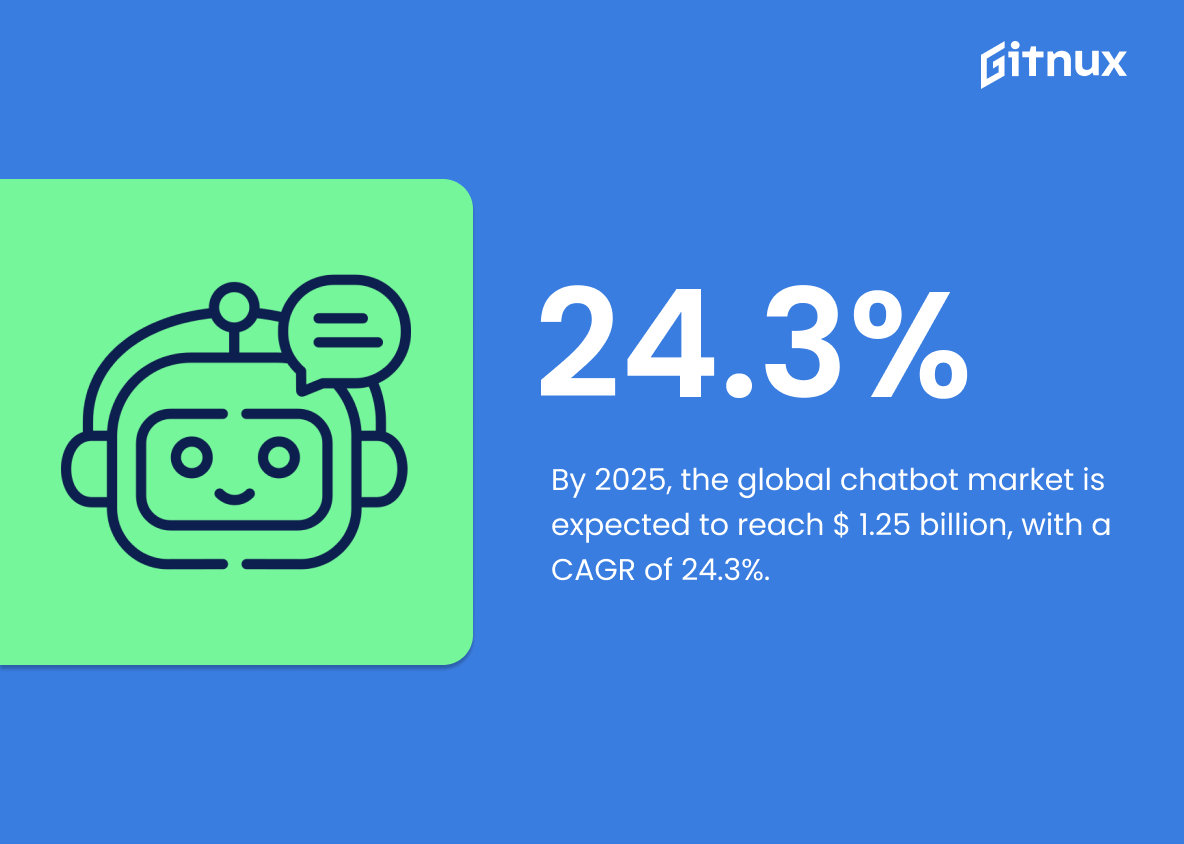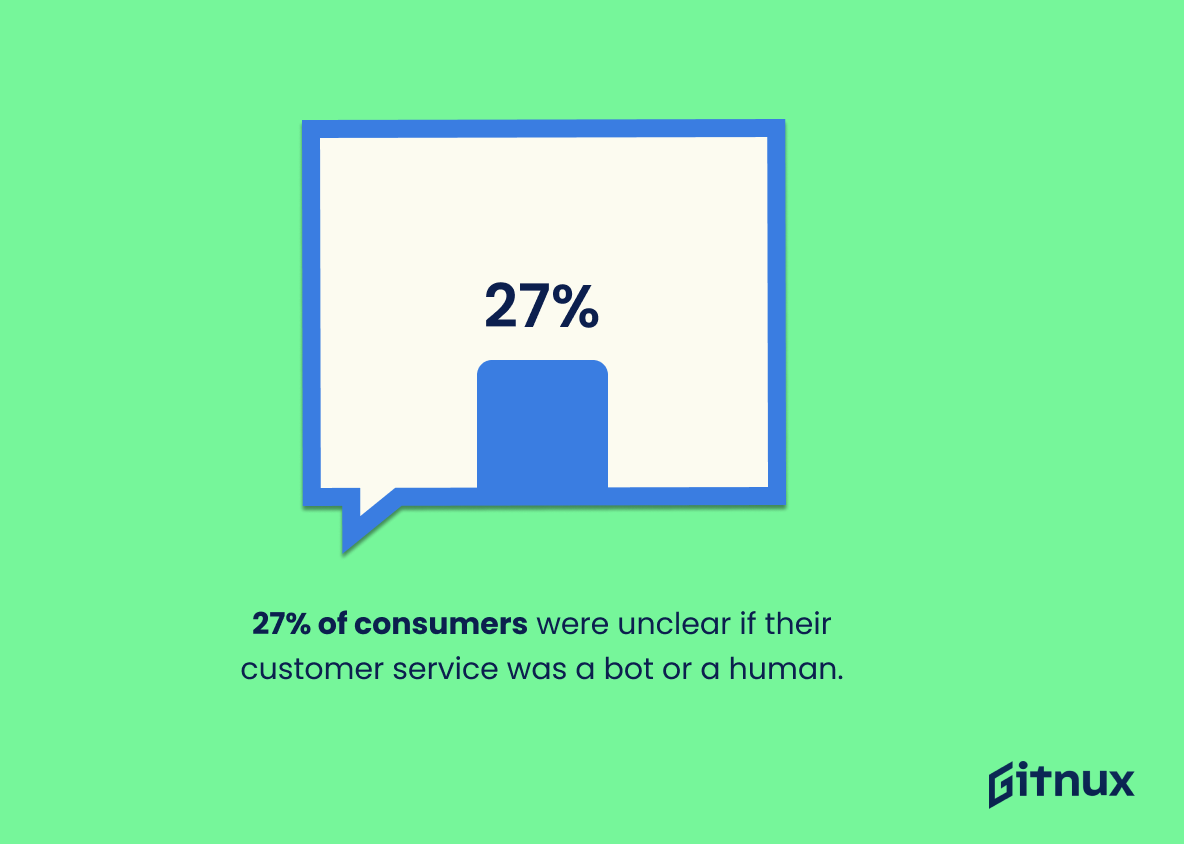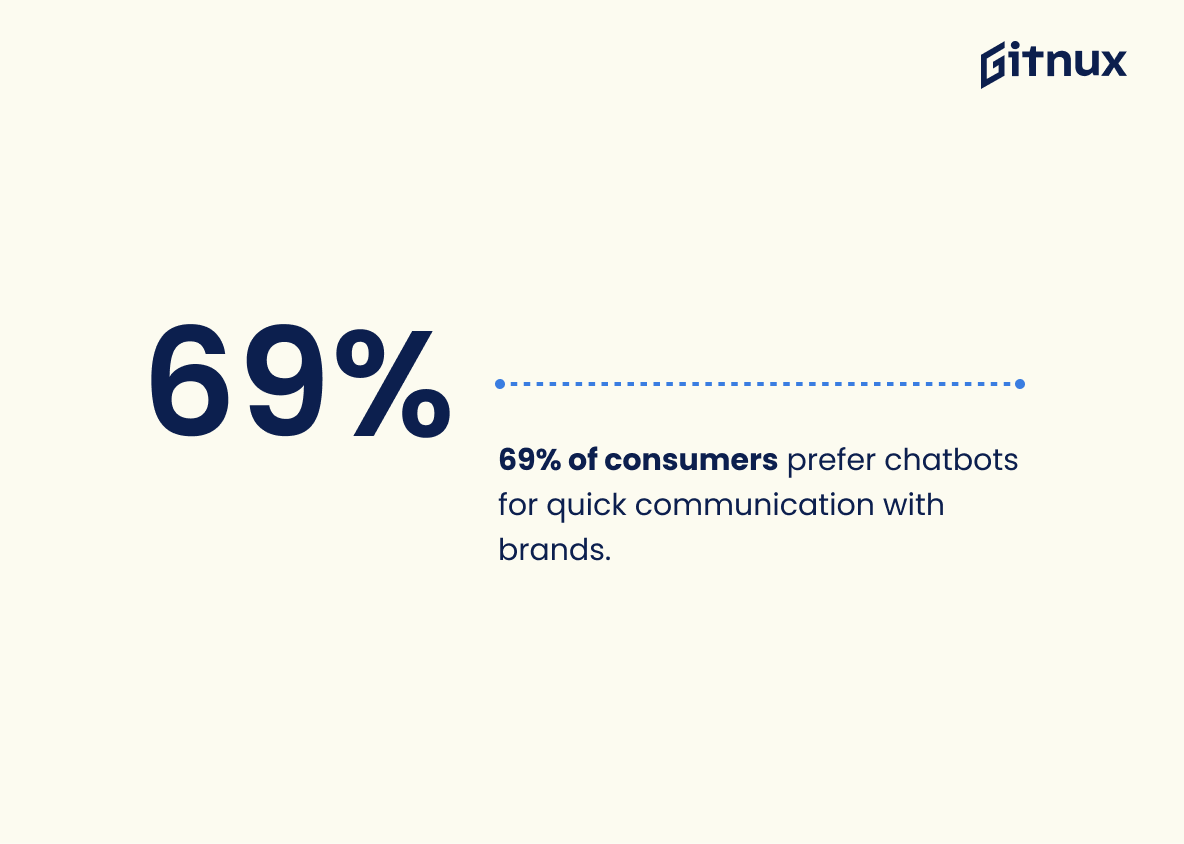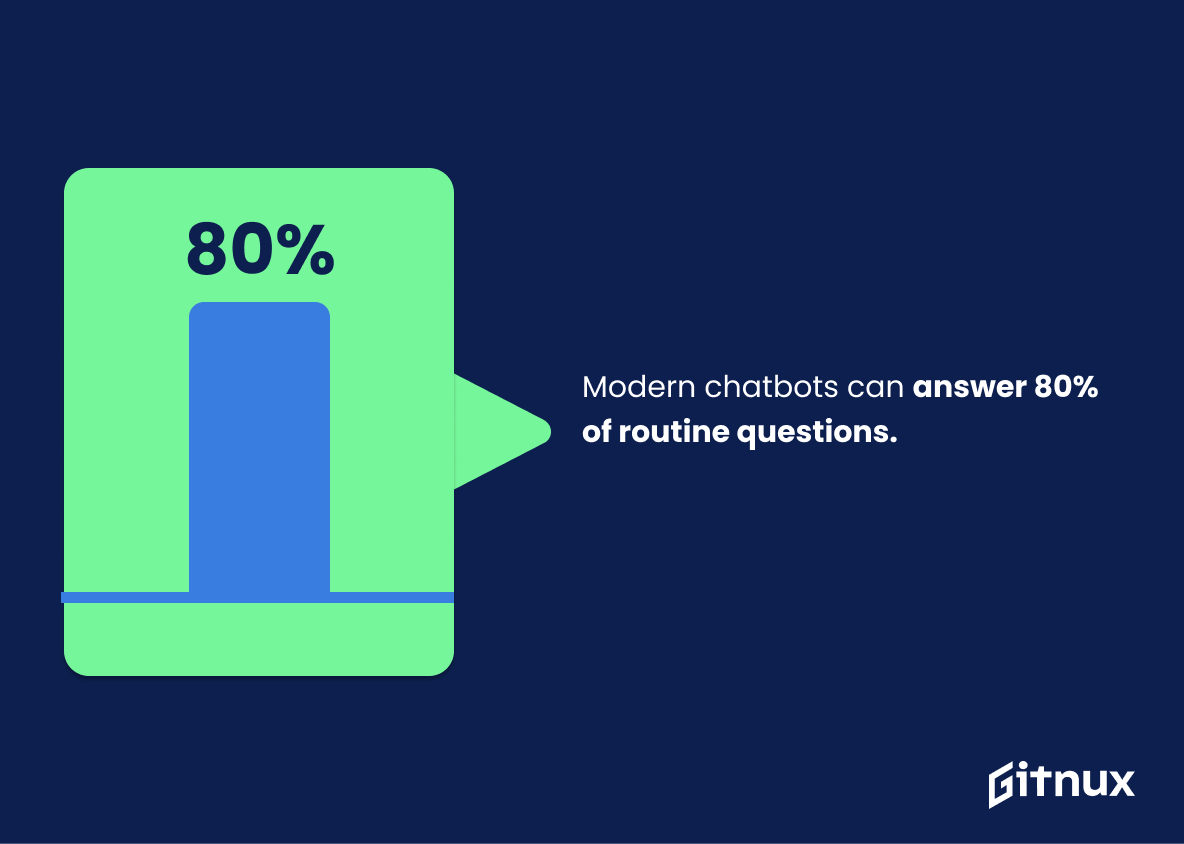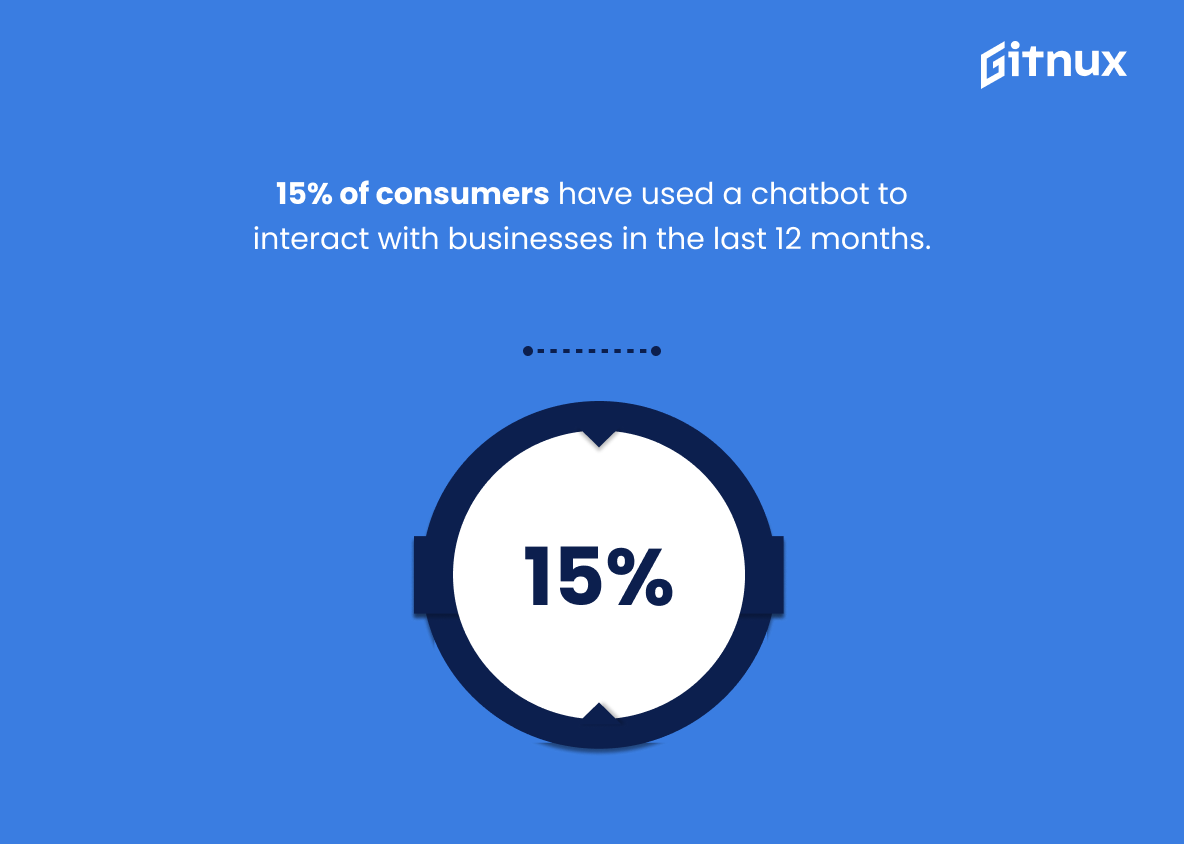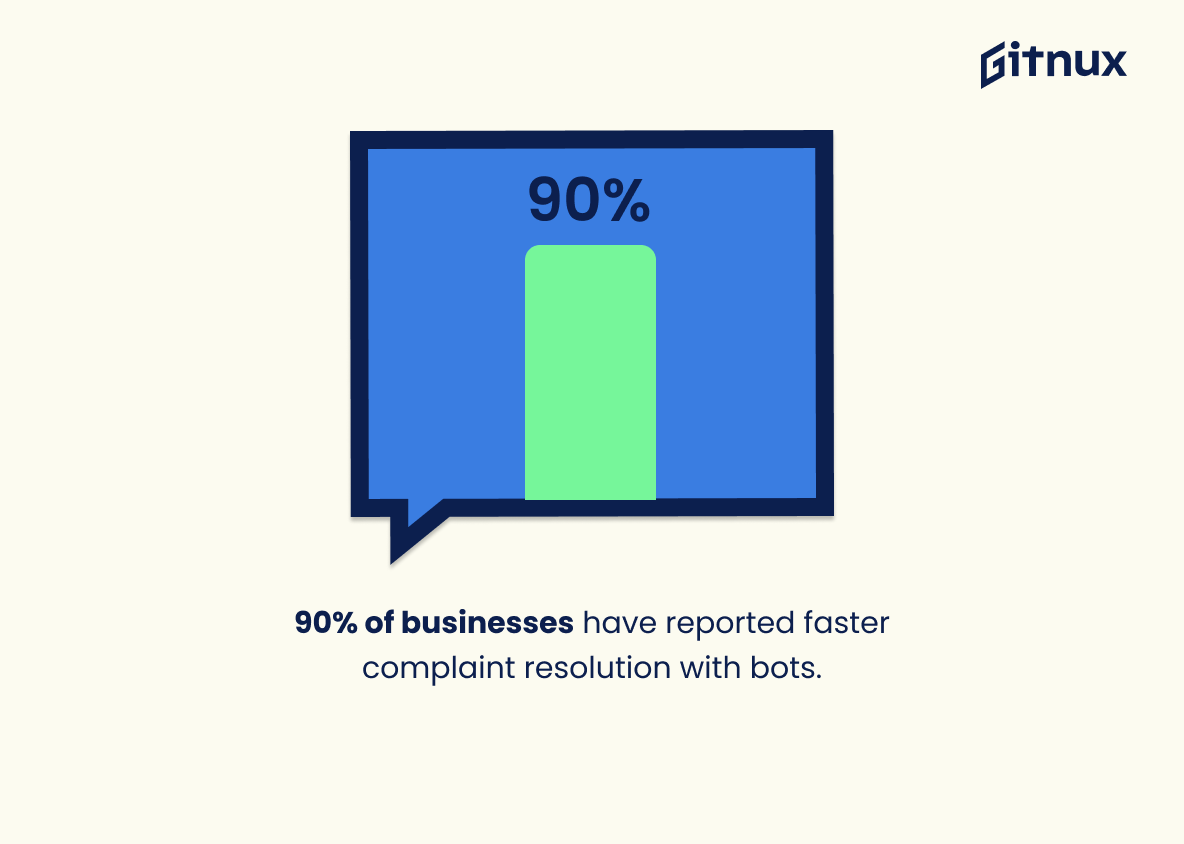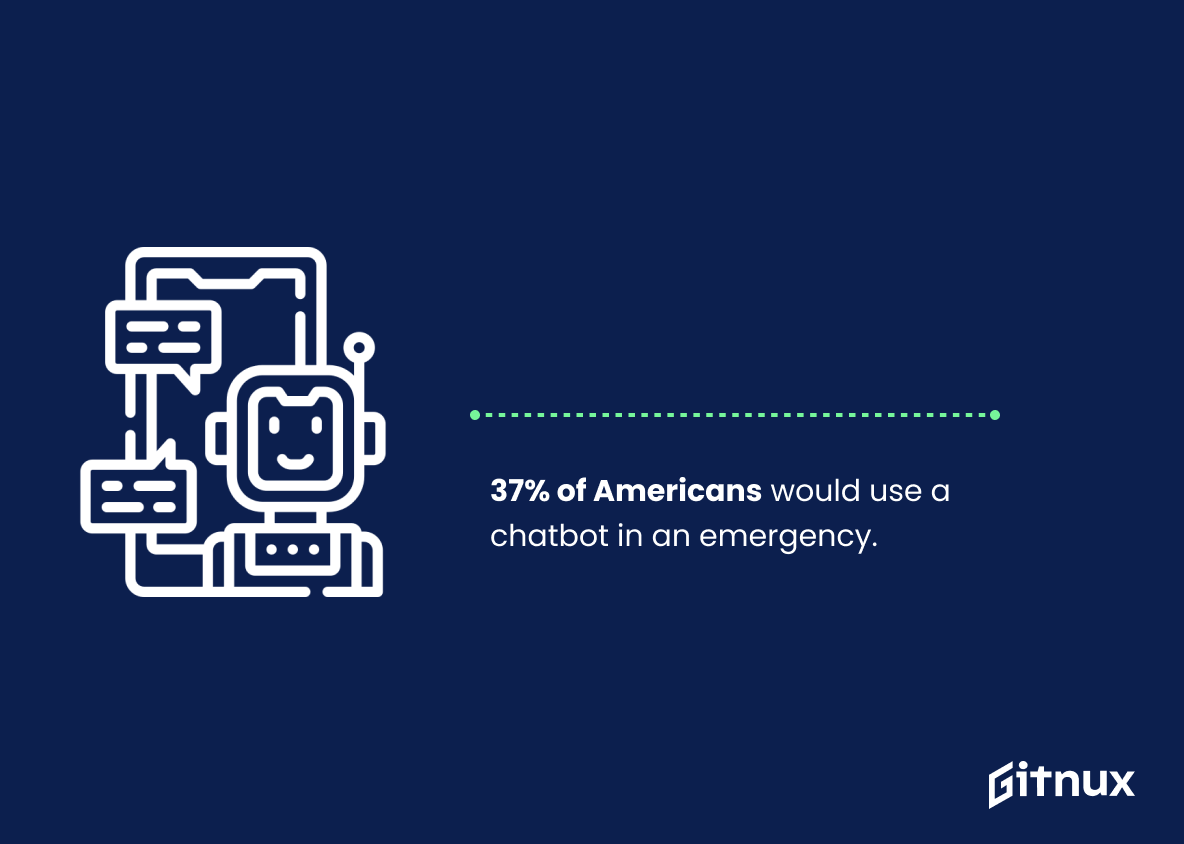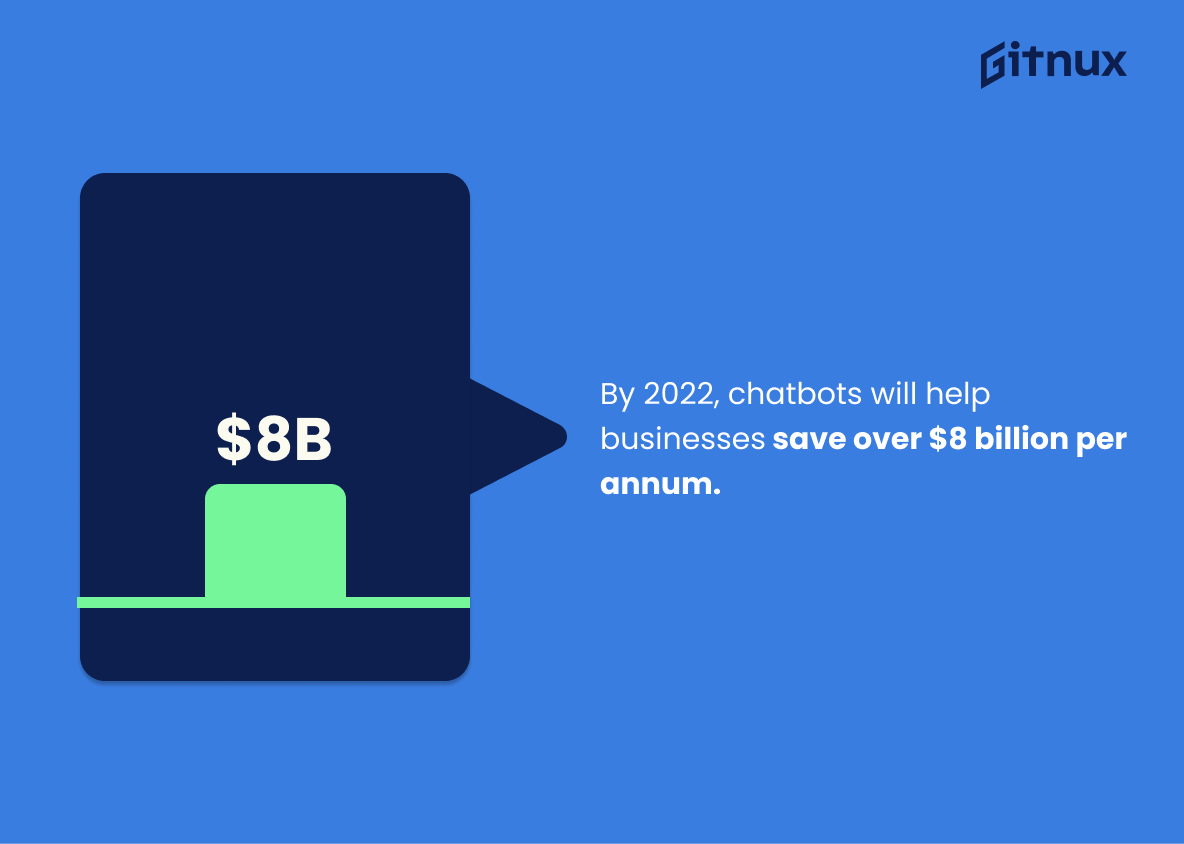Welcome to a deep dive into the world of artificial intelligence and automation, where we’ll be exploring the riveting realm of chatbot adoption statistics. As modern businesses evolve, artificial intelligence in the form of chatbots has started to play an integral role in streamlining operations and customer interactions.
Whether you’re a startup founder, corporate executive, or tech-savvy individual, gaining insights into the rate at which chatbots are being embraced can shed light on the future of business communication. So, strap in as we guide you through the fascinating trends, numbers, and predictions that will give you a comprehensive picture of the chatbot landscape.
The Latest Chatbot Adoption Statistics Unveiled
By 2020, about 80% of businesses had expected to have some sort of chatbot implementation.
Peering into the rearview mirror of business innovation, we find the reported statistic that by 2020, approximately 80% of businesses anticipated having some form of chatbot implementation. This data point serves as a compelling testament to how rapidly chatbots were embraced by the corporate world, carving out their niche in the landscape of business operations.
By providing this evidential cornerstone, we illuminate the fact that chatbots are not a mere fleeting technological tremor, but a seismic shift that has decisively influenced the way businesses today interact with their customers. Moreover, it underscores the perceived value and efficiency that businesses attribute to chatbots, attesting to their crucial role in contemporary and future customer engagement strategies.
67% of US millennials said they are likely to purchase products and services from brands using a chatbot.
Diving into this captivating statistic reveals a tantalizing prospect for current and future brands. A hefty 67% of US millennials, a generation famed for their digital savviness and purchasing power, have voiced their tendentious inclination towards purchasing products and services from brands who employ chatbots. This profundity in preference manifests the prevalence of the chatbot phenomenon, demonstrating its significant sway over millennial consumerism.
As a dynamic piece of the digital consumer culture, the chatbot has clinched the favor of the majority of the millennial population. This nugget of insight unfurls as a compelling reason for brands to heed the siren call of chatbot technology, a potent ally to excel in the fiercely competitive business galaxy.
64% of internet users believe that 24-hour service is the best chatbot feature.
Highlighting the statistic that 64% of internet users regard 24-hour service as the best chatbot feature presents compelling evidence of user expectations in a digitalized world. When planning for chatbot implementation, businesses need to keep these preferences in mind. A constant presence, an aspect that is highly achievable with chatbots, can effectively cater to users across various time zones at any point in time, thereby enhancing customer experience.
This statistic underscores the fact that providing round-the-clock service can be a game-changing tactic for businesses keen to boost user engagement, satisfaction level and ultimately, adopt chatbots seamlessly.
Roughly 40% of large businesses have adopted chatbots in some form by 2020.
Picturing this statistic paints a vibrant picture of the digital landscape. The impressive 40% adoption rate of chatbots by large businesses by 2020 undeniably underlines the strategic importance these intelligent responders are adding in the industrial universe. This transformational wave is not just driven by a contemporary fad, but the conviction of unprecedented benefits they bring, ranging from improved efficiency, cost savings to elevated customer experiences.
It is a resounding confirmation that savvy businesses are actively embracing this digital ally in their operational terrain, a sign they’re gearing up for the future. This statistic serves as a testament to the potential frontiers being explored in customer interaction and service delivery paradigms. So, if you’re en route to understanding the full breadth and depth of chatbot assimilation, let this number fuel your journey.
Over 50% of businesses plan to spend more on chatbots than on mobile apps.
In the world of digital communication, businesses ramping up their chatbot investments signals a critical shift. The fact that over 50% of organizations plan to outspend on chatbots rather than mobile apps illuminates a growing trend – chatbot dominance. This compelling statistic, woven within the narrative of a blog post about Chatbot Adoption Statistics, serves as a powerful indicator of the rising relevance and inevitable place of chatbots in the business milieu.
It serves as the writing on the digital wall, prompting in-depth discussions on why this technological shift is happening, and exploring the underlying reasons that foster this burgeoning preference for chatbots – be it the consumer’s increasing demand for immediate, round-the-clock customer service, or businesses’ drive towards cost-effectiveness and scalability. Undeniably, this statistic serves as a springboard for a poignant conversation about the evolving business strategies in the digital landscape.
By 2025, the global chatbot market is expected to reach $ 1.25 billion, with a CAGR of 24.3%.
Delving into the vivid expanses of the global chatbot market, it’s intriguing to observe predictions suggesting an impressive surge to $1.25 billion by the year 2025. The dynamic presence of chatbots in our daily lives is mirrored by this thrilling growth, characterized by a Compound Annual Growth Rate (CAGR) of 24.3%.
This exponential trend metaphorically paints a portrait of the increasing integration of chatbots in various sectors and industries, all of which are striving to capitalize on its benefits. This potential financial boom clearly underlines the escalating understanding and acceptance of chatbots, driving a tectonic shift toward digital and automated customer engagement platforms.
27% of consumers were unclear if their customer service was a bot or a human.
A startling revelation that shows the intriguing intersection of technology and human interaction is the statistic that 27% of consumers were ambiguous about whether they’re conversing with a bot or a human. It’s particularly eye-opening for those examining Chatbot Adoption Statistics, as it casts a spotlight on the evolution of chatbots’ capabilities.
This subtle ambiguity exposes the sophistication of AI in bot development, exhibiting how they successfully mimic human conversations to the point that a significant proportion of consumers couldn’t distinguish bot from human. Highlighting this stat, an exploration into the potential trust and ease many may feel in dealing with technology may emerge— a pivotal consideration for corporations teetering on the edge of chatbot adoption.
69% of consumers prefer chatbots for quick communication with brands.
Conjured from the numeric ether, the statistic, ‘69% of consumers prefer chatbots for speedy communication with brands.’ unfurls a vivid tapestry of emerging consumer preferences and communication trends—illuminating the path for businesses in the blog post about Chatbot Adoption Statistics. The number, like a heartbeat, pulsates with the brisk rhythm of urgency and modernity that consumers yearn for.
It proudly waves the banner of a silent revolution, where dialogues are shifting from human to humanoid, leading brands on a quest to adapt, or be left behind. This is not a mere percentage, it’s a story of a changing world, a dialogue of data whispering the narrative of a consumer-led push towards a chatbot-infused future where efficiency and promptness rise as the reigning monarchs.
Modern chatbots can answer 80% of routine questions.
Painting a picture of a future-oriented, technologically-enhanced landscape, this statistic emphasises the potential and functionality of modern chatbots, especially in their capability to answer up to 80% of routine questions. In the realm of Chatbot Adoption Statistics, this evidence presents an undeniable appeal for enterprises seeking optimization, efficiency, and customer satisfaction.
Having chatbots take over routine inquiries allows human agents to focus only on complex tasks, thus redefining the work landscape, improving service quality, and significantly decreasing customer waiting times. As such, the growing chatbot adoption rates become a less surprising phenomenon. This particular statistic could very well serve as the compelling protagonist, driving the storyline of our discussion on chatbot adoption rates, in an era where automation is increasingly becoming the co-pilot of success.
15% of consumers have used a chatbot to interact with businesses in the last 12 months.
In the ever-evolving digital landscape where businesses aim for seamless customer interaction, unearthing the fact that 15% of consumers having engaged with a chatbot in the previous year sends a clear signal. It serves as a spotlight, highlighting the steady stride of chatbot acceptance amongst consumers.
An impressive one in seven consumers has already embraced this technology, a telltale nod to chatbots’ value in enhancing customer service experiences. Brands strategizing on sharpening their customer engagement must sit up and pay heed to this growing trend, potentially catastrophic to overlook. For those already employing chatbots, it offers validation and a nudge to keep optimizing.
Hence, in the grand tableau of chatbot adoption statistics, the ‘15% adoption’ number isn’t just a data point—it’s a compass directing us towards a future where chatbots play an increasingly pivotal role in business-consumer interactions.
The top industry profiting from chatbots is real estate, with 28% of the Industry using chatbot technology
Unveiling the spectacular growth of chatbot technology, an illuminating statistic reveals that 28% of the real estate industry are already capitalizing on this innovation. Immediately, this figures cast a spotlight on the vast potential of chatbots adoption in diverse sectors. More than a helpful assistant, it’s becoming a silent partner in business success.
Focusing on the real estate industry, it’s clear that the convenience, efficiency and 24/7 customer engagement made possible by chatbots provides a robust foundation for improved business profitability. This vibrant leap forward for the realty space offers a compelling snapshot of the pivotal role chatbots are set to play in a world increasingly driven by digital automation. The game has changed, with the tech-friendly real estate sector leading the charge.
90% of businesses have reported faster complaint resolution with bots.
Strategically woven into the fabric of the digital customer service landscape, chatbots reshape the dialogue between businesses and their customers. The aforementioned statistic, painting a striking image of 90% businesses acknowledging swifter complaint resolutions with bots, firmly underscores this transition. The potency of this number lends significant credibility to the blog post, promoting chatbots not as an optional embellishment, but as a critical adoption for businesses seeking to streamline their customer service operations. Comprehending this remarkable figure, readers can gain a measurable understanding of the robust capabilities of chatbots in addressing customer complaints promptly and efficiently.
37% of Americans would use a chatbot in an emergency.
As we traverse through the blog post about Chatbot Adoption Statistics, we are presented with a striking piece of data: ‘37% of Americans would use a chatbot in an emergency.’ This statement is more than just numbers; it painted a vivid picture of the growing trust and dependence in artificial intelligence.
We’re seeing a cultural shift in attitudes towards technology; a tide that’s turned far enough that over a third of Americans would turn to a chatbot amidst duress, signifying the credibility chatbots have started to gain, and playing a vital part in shaping the chatbot market dynamics. Notably, such a statistic echoes the potential of chatbots to be utilised beyond conventional customer services, transforming them into potential lifesavers under emergency situations.
By 2022, chatbots will help businesses save over $8 billion per annum.
Highlighting such a lofty savings prediction underscores the financial efficiencies that chatbots can bring into the business structure, making this a compelling stat for the blog post on Chatbot Adoption Statistics. It serves as a strong motivator for businesses to introduce and adopt chatbots, highlighting the potential cost advantages.
Furthermore, this $8 billion annual saving prediction gives readers the hope of defraying their operational costs and achieving a high return on investment in the near future, thereby increasing interest and encouraging them to explore the potential of chatbots.
Conclusion
The impressive statistics surrounding chatbot adoption highlight their growing significance in various business sectors worldwide. Businesses are increasingly turning to chatbots to revolutionize customer service, automate tedious tasks, and boost sales. As technology continues to evolve and chatbots become smarter, we can expect to see even higher adoption rates.
So, if you’re yet to integrate chatbots into your business strategy, now might be the perfect time to start plotting the course. Stay ahead of the curve and tap into the numerous potentials that these AI-powered assistants have to offer. The future is automated, and chatbots are leading the way.
References
0. – https://www.botcore.ai
1. – https://www.www.businessinsider.com
2. – https://www.www.juniperresearch.com
3. – https://www.www.convinceandconvert.com
4. – https://www.www.invespcro.com
5. – https://www.www.ibm.com
6. – https://www.learn.g2.com
7. – https://www.www.ubisend.com
8. – https://www.chatbotslife.com
9. – https://www.www.drift.com
10. – https://www.onlim.com
11. – https://www.www.researchandmarkets.com
12. – https://www.financesonline.com
13. – https://www.chatbotsmagazine.com
